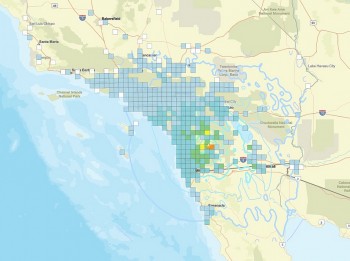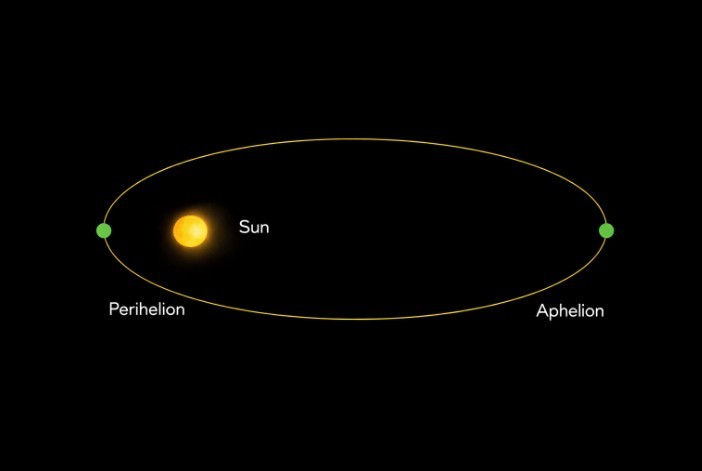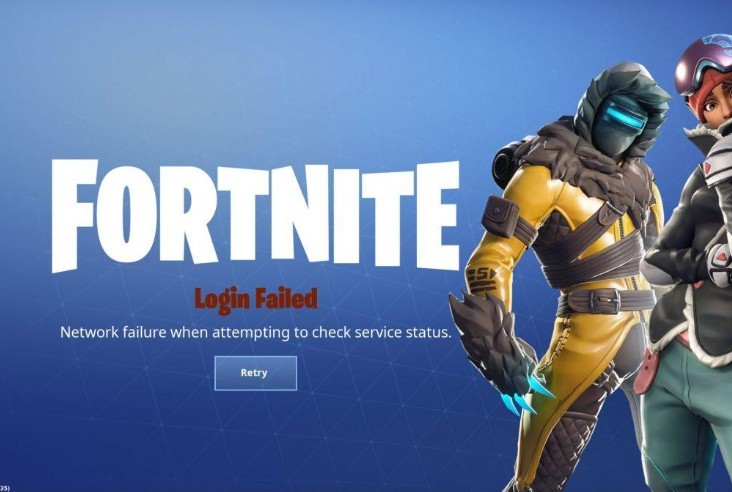No Tsunami Threat After 5.2 Magnitude Earthquake Shakes Southern California
 Earthquake Shakes San Diego Region; Epicenter Near Julian, CA Earthquake Shakes San Diego Region; Epicenter Near Julian, CA A 5.2 magnitude earthquake struck Monday afternoon near Julian, jolting the San Diego region and beyond. |
 |
| No tsunami for earthquake near San Diego |
A 5.2 magnitude earthquake struck eastern San Diego County Monday afternoon, shaking much of Southern California but posing no tsunami threat, according to the U.S. Geological Survey (USGS) and the National Tsunami Warning Center (NTWC).
The earthquake occurred at 1:36 p.m. PT, with the epicenter located approximately 9 miles southeast of Julian, a mountainous area inland from the Pacific Coast. The tremor was felt across San Diego, Orange, Riverside, and Los Angeles Counties, sparking concern among coastal residents. However, officials quickly reassured the public that no tsunami advisory, watch, or warning was issued.
Official Confirmation: “No Tsunami Threat”
Within minutes of the earthquake, the National Oceanic and Atmospheric Administration (NOAA) and NTWC issued a bulletin stating:
“Based on all available data, a destructive Pacific-wide tsunami is not expected, and there is no tsunami threat to the United States West Coast.”
The bulletin, issued at 12:56 UTC (5:56 p.m. local time), was part of NOAA’s routine rapid assessment and aligned with seismic data from the USGS Earthquake Hazards Program, which categorized the quake as shallow and inland, two factors that significantly reduce tsunami risk.
Earthquake Details
| Parameter | Details |
|---|---|
| Date/Time | April 14, 2025 – 1:36 p.m. PT |
| Magnitude | 5.2 (revised from initial 6.0) |
| Epicenter | 9 miles SE of Julian, San Diego County |
| Depth | 7.9 km (4.9 miles) |
| Fault Zone | Likely the Elsinore Fault |
| Tsunami Risk | None (confirmed by NTWC and NOAA) |
| Regions That Felt Shaking | San Diego, Los Angeles, Riverside, Orange |
| Injuries or Major Damage | None reported as of latest updates |
Watch footage of the moment an earthquake hit in East San Diego County:
Why This Earthquake Didn’t Trigger a Tsunami
Unlike offshore quakes or those with vertical seafloor displacement, inland earthquakes rarely pose a tsunami hazard. According to Dr. Laura Simmons, a seismologist with USGS:
“This earthquake was not under the ocean, and there was no significant movement of water. Coastal residents had no reason to fear a tsunami from this event.”
Even though the initial estimated magnitude raised alarms on social media, earthquake and tsunami experts stressed that magnitude alone is not a predictor of tsunami risk—location, depth, and fault type are critical.
Coastal Cities Remain Unaffected
Emergency services in La Jolla, Oceanside, Imperial Beach, and Del Mar reported no unusual wave activity or beach disturbances. Lifeguards and coastal patrols conducted precautionary inspections, but no evacuations or public safety alerts were necessary.
“There were no signs of wave anomalies, surges, or sea-level change,” said Officer James Calderon with the San Diego Marine Safety Division.
Seismic Context: Elsinore Fault Zone
Experts believe the quake likely occurred along the Elsinore Fault, one of Southern California’s significant but less active inland fault systems. This fault runs parallel to the San Andreas Fault but lies further east and typically generates moderate quakes.
Dr. Monica Reyes of the Southern California Earthquake Center (SCEC) commented:
“The Elsinore Fault is capable of magnitude 6.5–7.0 quakes. Today’s event is a wake-up call, but not unexpected. The lack of tsunami threat doesn’t mean residents can be complacent.”
Public Reaction and Emergency Alerts
Residents across the region received ShakeAlert early warnings on their phones, giving them a few seconds of lead time to take cover. Coastal residents also checked apps and local news for tsunami updates, but none were issued.
On social media, the hashtags #SanDiegoEarthquake and #NoTsunami trended, with thousands sharing reactions, videos, and questions. The speed and clarity of NTWC’s official bulletin helped dispel misinformation.
Preparedness Reminder from Authorities
Though no tsunami occurred, emergency officials emphasized the importance of earthquake and coastal hazard readiness. The San Diego Office of Emergency Services and California Office of Emergency Services (Cal OES) advised residents to:
-
Sign up for ShakeAlert and tsunami.gov notifications
-
Have an emergency kit ready, including supplies for 72 hours
-
Review family evacuation and communication plans
-
Know the difference between earthquake alerts and tsunami alerts
Resources for the Public
-
Real-time Earthquake Info: earthquake.usgs.gov
-
Tsunami Alerts & Bulletins: tsunami.gov
-
Preparedness Tips: ready.gov/earthquakes
-
California OES Updates: caloes.ca.gov
This article is updated in real time with verified information from USGS, NOAA, and California emergency officials. Bookmark this page for continuing updates.
























